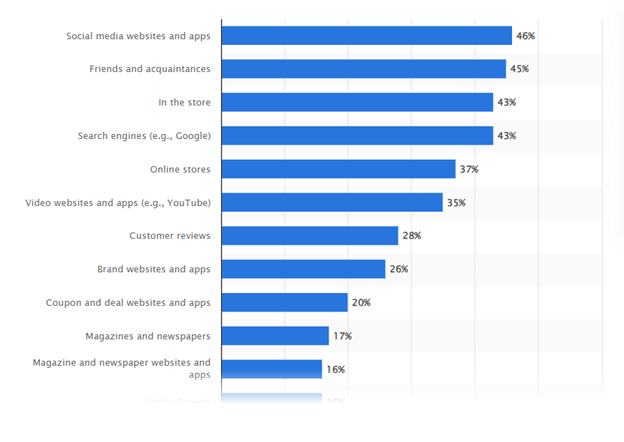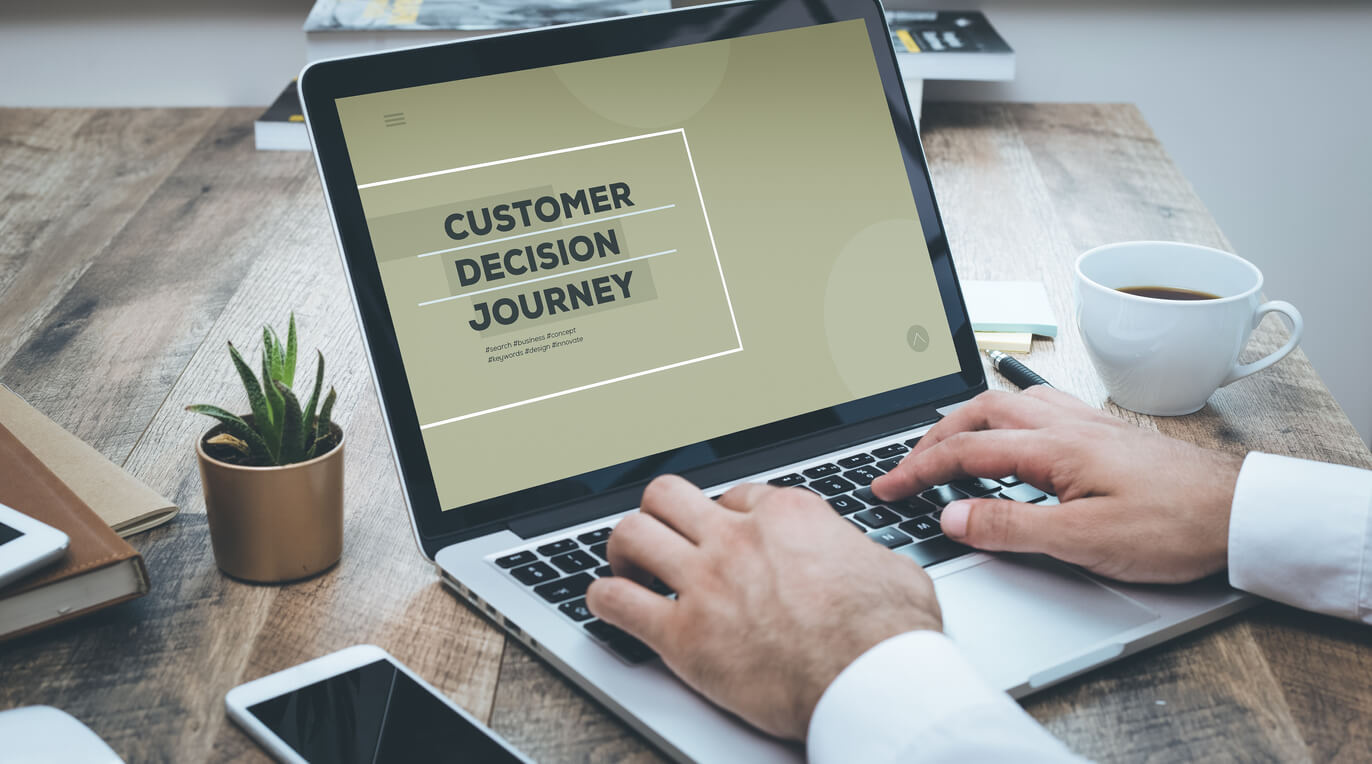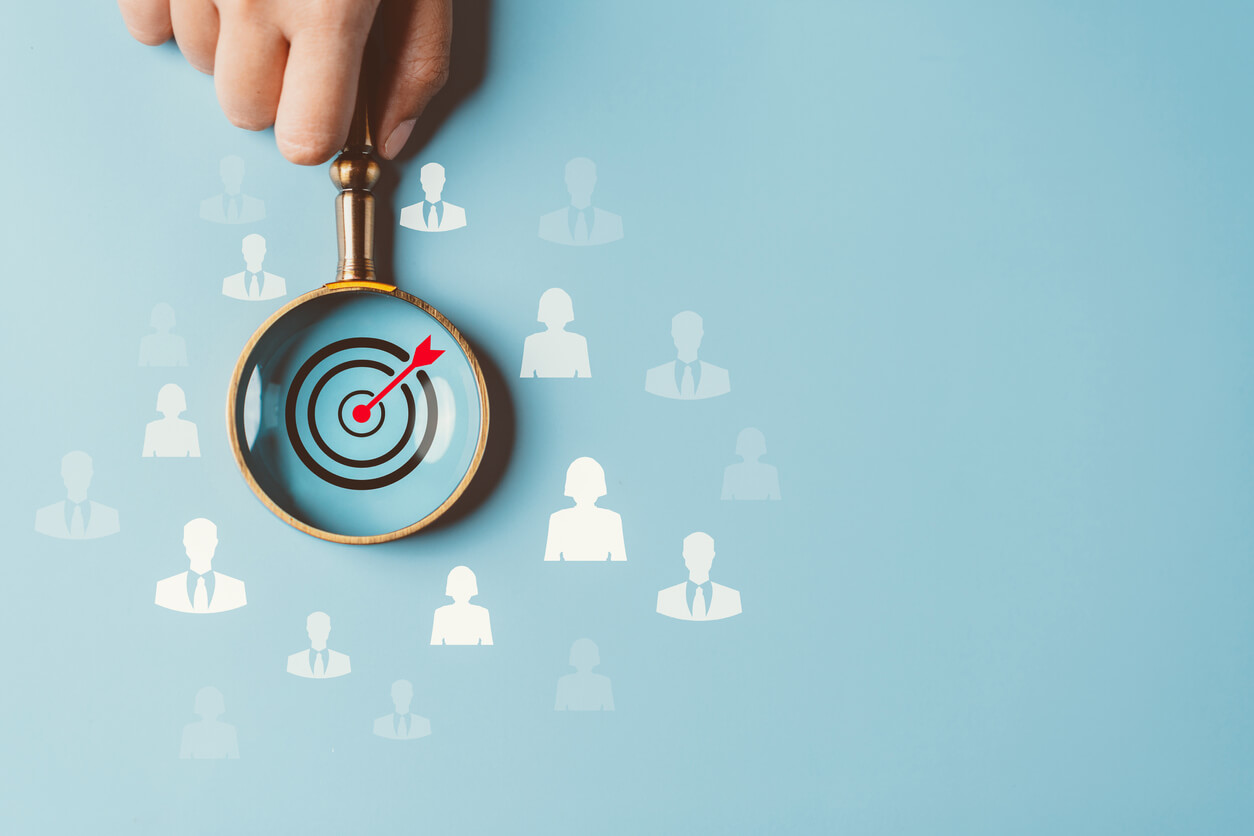Understanding the journey your customers take from their initial interaction with your brand to becoming loyal advocates is vital. Consumers are dynamic and progress through different stages in their relationship with your brand, making it crucial to personalize your marketing efforts at each stage so you can deliver relevant experiences.
But, how do you keep track of where consumers are in the buying process with your brand so you can engage with them more effectively? That’s where customer lifecycle management comes into play.
What is the Customer Lifecycle?
The customer lifecycle refers to the stages that a customer goes through in their relationship with a business, from the initial awareness of a product or service to post-purchase interactions. The five stages in the customer lifecycle include
- Awareness
- Consideration
- Purchase
- Retention
- Advocacy
Why the Customer Lifecycle Matters
The customer lifecycle provides a comprehensive framework to understand, manage, and optimize interactions with customers throughout their journey. By gaining insights into each stage, businesses can tailor their strategies to meet customer needs and expectations effectively.
What is Customer Lifecycle Management?
Customer Lifecycle Management (CLM) is a strategic approach that focuses on the entire journey a customer takes with a business, from initial awareness to post-purchase interactions and beyond. It involves the systematic and coordinated efforts of a company to acquire, nurture, retain, and maximize the value of its customer relationships. CLM integrates various business functions, including marketing, sales, customer service, and product development, to align with the different stages of the customer lifecycle.
Key components of Customer Lifecycle Management include customer segmentation, personalized communication strategies, feedback analysis, and continuous improvement based on customer insights. The goal of CLM is to optimize each stage of the customer journey, enhance customer satisfaction, foster loyalty, and drive business growth by creating positive and lasting relationships with customers.
The 5 Customer Lifecycle Stages
1. Awareness
This is the initial stage when potential customers become aware of your brand. They may discover your products or services through various channels, such as social media, search engines, or word-of-mouth.
2. Consideration
During this phase, customers start researching and evaluating your offerings. They compare your products or services with those of your competitors and seek more information to make informed decisions.
3. Conversion
This is the pivotal moment when a prospect becomes a customer by making a purchase or taking a significant action, such as signing up for a subscription or filling out a contact form.
4. Retention
After conversion, the focus shifts to retaining the customer. It’s crucial to provide exceptional post-purchase support, deliver on promises, and build a strong relationship to encourage repeat business.
5. Advocacy
In the final stage, satisfied customers become advocates. They promote your brand, refer friends and family, leave positive reviews, and contribute to your brand’s growth.
How to Use the Customer Lifecycle for Improved Targeting
Different messaging is appropriate at each stage of the customer journey. Sending a prospect an advocacy-focused message is unlikely to resonate, whereas providing educational content aligns better with the awareness or consideration stage.
Understanding where your customers are in the lifecycle ensures your communications remain relevant. When you know where a customer is in their journey, you can personalize your messaging, offers, and recommendations based on their needs and interests, increasing the likelihood of conversion and retention.
Strategies for targeting consumers at each stage of the customer lifecycle will vary based on your brand and offering. Here are some tips and strategies to consider when developing your marketing mix.
How to Reach Consumers in the Awareness Stage
Consumers are looking to solve a need, problem, or want. This is when they will discover your brand. According to research by Statista, social media websites and apps are the top way consumers discover new brands.
Sources of inspiration for new products in the U.S. as of September 2023

(Source)
- Social Media Advertising: Use social media platforms to reach a broader audience. Target your ads based on demographics, interests, and behaviors to ensure your message reaches the right people.
- Online Advertising: Leverage online display ads, including banner ads and native advertising, to increase brand visibility. Display ads can be strategically placed on relevant websites and platforms to capture the attention of potential customers as they browse the web. Use compelling visuals and concise messaging to create a memorable impression.
- Educational Content: Create informative and engaging content that addresses common pain points or questions related to your industry. Blog posts, how-to guides, and explainer videos can help raise awareness.
How to Reach Consumers in the Consideration Stage
The consideration stage is the time to show consumers you are the best option. They are comparing you to other comparable offerings, checking prices, and reading reviews. About 95% of consumers read reviews before making a purchase.
Consider the following strategies to encourage consumers during this stage.
- Comparison Guides: Develop comprehensive comparison guides that highlight the unique benefits of your products or services. Show how you stack up against competitors.
- Email Nurturing: Implement email drip campaigns that provide valuable information and product recommendations based on the prospect’s interests and behaviors.
- Retargeting Ads: Utilize retargeting ads to re-engage visitors who have shown interest in your offerings but haven’t converted yet. Remind them of what you have to offer.
How to Reach Consumers in the Conversion Stage
The consumer is ready to buy so you need to have the right resources in place to make sure they can seamlessly purchase with the best experience possible.
- Clear CTAs and Landing Pages: Ensure your website has clear and compelling calls-to-action (CTAs) and optimized landing pages. Make the path to conversion as smooth as possible.
- Implement One-Click Shopping: Simplify the purchasing process by enabling one-click shopping options on your social commerce platform. This feature allows customers to purchase with a single click, reducing friction and streamlining the conversion process. during the conversion stage.
According to research, 67% of consumers have already bought through social media platforms and 53% of global consumers say they intend to shop more through social platforms in the future. - Abandoned Cart Recovery: Implement abandoned cart email sequences to recover potentially lost sales. Offer incentives or reminders to encourage completion.
How to Reach Consumers in the Retention Stage
The success rate of selling to a customer you already have is 60-70%, while the success rate of selling to a new customer is 5-20%.
- Personalized Communication: Send personalized emails, offers, and content that demonstrate your ongoing commitment to the customer’s satisfaction.
- Feedback and Surveys: Gather feedback to identify areas for improvement and address concerns promptly. Use surveys and reviews to capture valuable insights.
- Exclusive Content: Offer exclusive content, such as newsletters or webinars, to reward loyal customers and keep them engaged.
How to Reach Consumers in the Advocacy Stage
Customers will spread the word if they are truly happy with your offering. According to the Statista research, 45% of consumers discover new brands through friends and family so encouraging advocacy is important to reach these consumers in the awareness stage, bringing the lifecycle full circle to a fresh wave of prospects.
- Referral Programs: Encourage advocates to refer friends and family by offering referral incentives or discounts. Leverage word-of-mouth marketing.
- User-Generated Content: Showcase user-generated content, such as testimonials, reviews, and success stories, to reinforce your brand’s credibility.
- Social Sharing: Make it easy for advocates to share their positive experiences on social media, amplifying your brand’s reach.
Throughout the entire customer lifecycle, it’s essential to measure and analyze your efforts. Monitor key performance indicators (KPIs) such as conversion rates, customer retention, and advocacy metrics. Use these insights to refine your targeting strategies, optimize your campaigns, and adapt to evolving customer needs.




